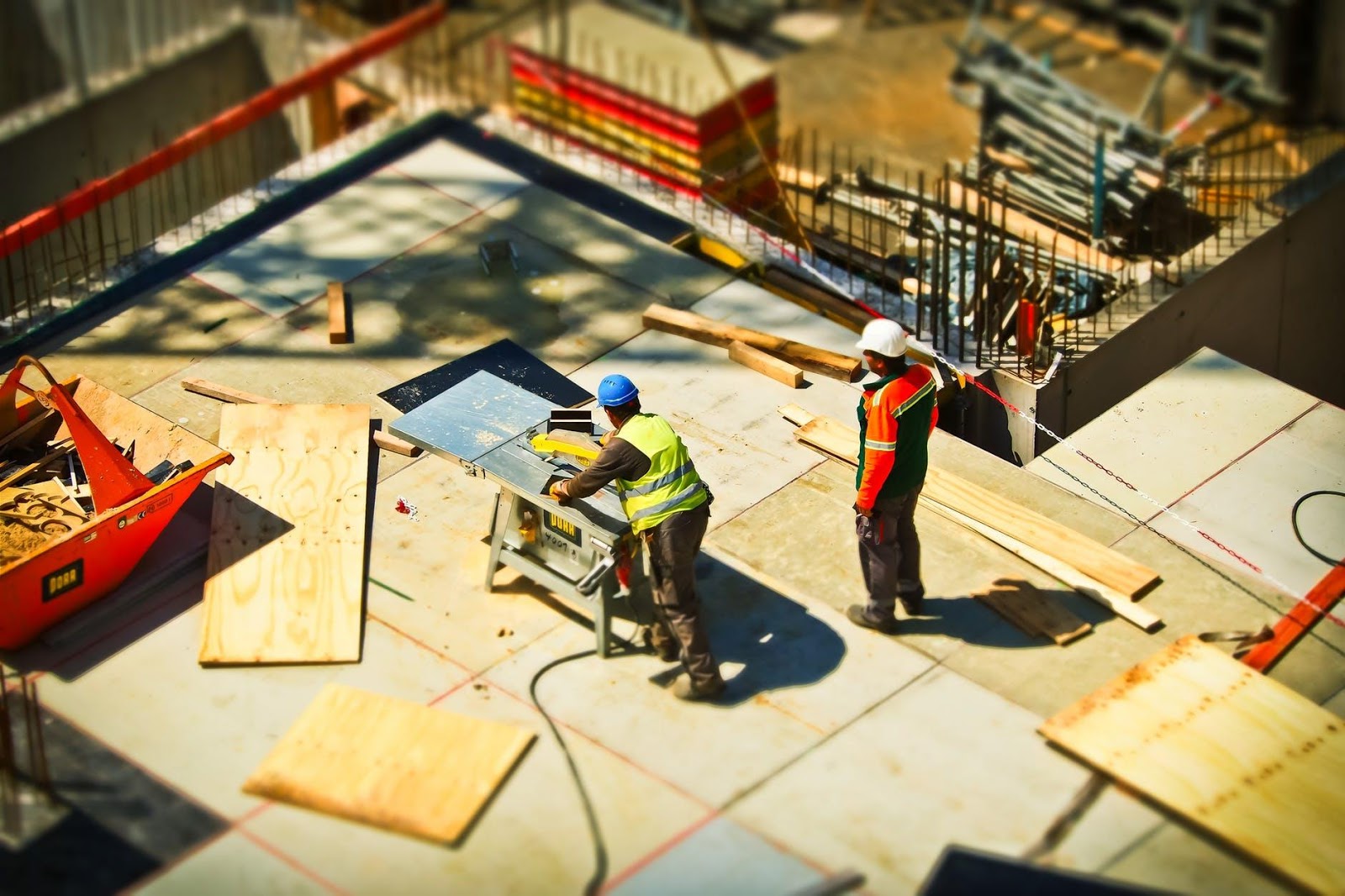About 7 percent of the workforce is involved in the construction business. With the automation taking over the various industries, the construction business has seen convenience and accuracy due to the adoption of the technology. Though automation is in its infancy in the industry, it’s not been unsuccessful in proving its future worth in the industry. As time is an essential factor in the working of the business, it would be fatal to overlook the manageability of time and the importance of taking it into your account. Most of the sites run on a tight schedule and a strict time frame. Earlier, construction business suffered from various setbacks like errors in design and drafting, and there was no way to properly look and understand how a particular design would look in real-time, but with the introduction of Artificial Intelligence, you can design and re-design a particular site, keep a strict eye on the working, receive real-time notification and updates which in turn help you to see whether the particular work is going according to your plans. Be it security or bricklaying robots, the work that seemed complicated in the past is just as easy as pushing a button. The workforce that had to do meager things instead of being directed to major advancements in the site, can now indulge in the places where their skills are more required. It’s made the output more precise, accurate and delivered on time. The collaboration of both the human factor and Artificial Intelligence impacts the overall working of the construction; the result of which is accuracy, punctuality, and faster delivery. The right use of AI can thus, significantly contribute to successful construction project planning.
Table of Contents
Schedule:
Time is an important factor in the business. You have a schedule to maintain, and if you are not punctual, it costs you a lot. The work can be easily categorized and assigned for the smooth process of the construction. With automation, human resources can be directed towards other works necessary for the overall progress of the projects collectively contributing and maintaining the schedule. This will take off the load from the workers and distribute it for faster delivery of the workload in a site.
Amplify:
Human resources and AI are already collaborating in about 1500 industries. AI can help designers to design a better structure for the site by running and comparing the design with other designs and identifying the patterns. The supply of the right kind of information at the right time will prove to be beneficial in terms of better design and execution of that design.
Assisting:
AI like SIRI, Assistant or Cortana is already creating a buzz in the market. Artificial Intelligence can identify people and objects that help while working alongside the human force. This feature makes it relatively safer than other hand-held machines. Several of the construction sites are adopting AI to help them in the sites, whether that be designing or drafting.
Employment:
The job of HR is to recognize the capability of employees and address their issues. But sometimes they fail to understand the dissatisfaction of its employees, and it ends up in the company losing one of its best assets. AI can study trends and traits of employees who resign, and also provides the management with the relevant data on what motivates and entices employees in the workplace. The management can help to asses these issues and fix the problems.
Speed:
Running on schedule requires speed and accuracy. If anything goes wrong, you’ll have to do it again. Construction projects require accuracy and reliability but it’s hard to have no error. AI studies the site provides a 3D representation to help the designers and also collects relevant data to help the management body to thoroughly study the common traits and look for errors in the main design. Whether it is the pre-construction or the post, AI can be tasked to work according to the needs, and the output provided by AI’ s can be used to re-planning of the site or assessing of the hindrances in the project.
Conclusion:
Over the last decade, the construction industry has transpired a lot in terms of technology. More and more businesses are adopting Artificial Intelligence to help them plan and work on a site. Gone are the times that construction projects were full of errors, the designs can be viewed in real-time, and errors sorted out. The workload can be eased from human resources so that they can carry out other works. The accuracy in AI is what makes it a revolution on its own.



















